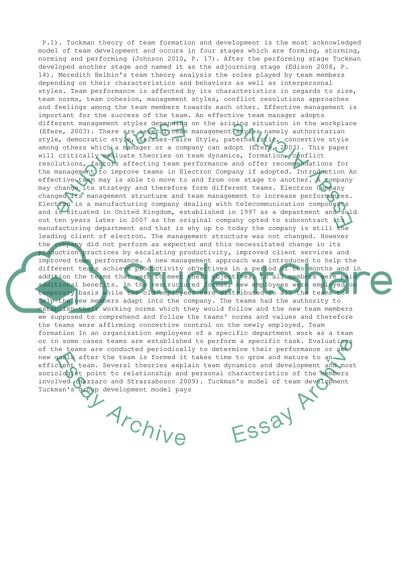Cite this document
(“Effective Team and Performance Management Essay - 7”, n.d.)
Retrieved from https://studentshare.org/business/1475017-effective-team-and-performance-management
Retrieved from https://studentshare.org/business/1475017-effective-team-and-performance-management
(Effective Team and Performance Management Essay - 7)
https://studentshare.org/business/1475017-effective-team-and-performance-management.
https://studentshare.org/business/1475017-effective-team-and-performance-management.
“Effective Team and Performance Management Essay - 7”, n.d. https://studentshare.org/business/1475017-effective-team-and-performance-management.


